Just five months after recording his fifth album—and his first of seven consecutive No. 1s in the U.S.—Honky Château, at the Château d Hérouville in 1972, Elton John returned to the estate in the French countryside to start working on what would become his first chart-topping release in the UK.
“We’ve got album-making down to a fine art now,” Elton told the New Musical Express in early 1973. “So, when we’ve got one coming out we’ll just be finishing the next one. After ‘Madman’ [fourth album ‘Madman Across the River’ from 1971] we caught up with ourselves. We stopped working and concentrated on recording.”
Earlier in 1972, John was in California and played at a party one evening at the home of comedian and old vaudeville, TV, and film actor Groucho Marx, who insisted on calling John by another name. Throughout the evening, Marx called him John Elton.
Videos by American Songwriter
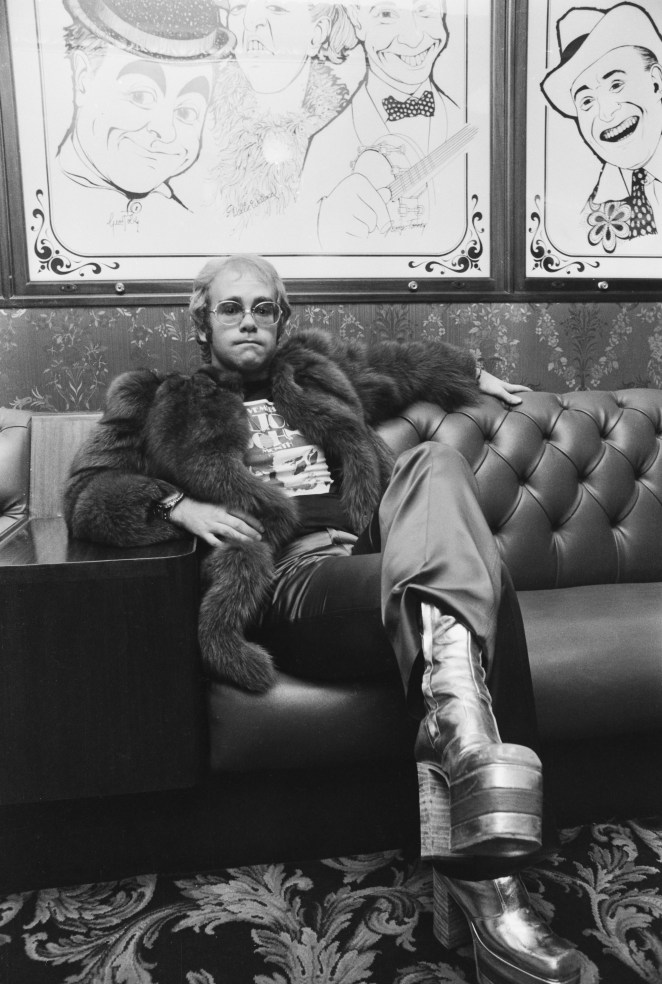
“Don’t Shoot…”
At one point during the party, Marx held out his index and middle finger forming a pistol with his hand and pointed it at John, who responded by putting his hands up in the air and saying “Don’t shoot me, I’m only the piano player.”
In that moment, John had the title for the sixth album he had been working on. Written and recorded between June 5 and 19, 1972, Don’t Shoot Me, I’m Just the Piano Player was released in ’72 and went to No. 1 internationally, including in the UK and on the Billboard 200.
Even though Honky Château featured John’s classic “Rocket Man (I Think it’s Going to be Long, Long Time),” which went to No. 6, Don’t Shoot Me, I’m Just the Piano Player earned John a No. 2 hit on the Billboard Hot 100 with “Daniel,” and his first No. 1 with “Crocodile Rock,” a nostalgic homage to some of the music that influenced him.
“I always wanted to write a nostalgic song a rock and roll song which captured the right sounds,” said John in 1973, who cited everyone from the the Beach Boys, Eddie Cochran, Neil Sedaka’s “Oh? Carol,” the Diamonds’ “Little Darlin’” and more as inspirations for the song.
The lyrics are also a nod to Bill Haley and His Comets’ 1954 hit “Rock Around The Clock”—While the other kids were rocking ’round the clock—and the group’s “See Ya Later, Alligator” from ’56.
I remember when rock was young
Me and Susie had so much fun
Holding hands and skimming stones
Had an old gold Chevy and a place of my own
But the biggest kick I ever got
Was doing a thing called the Crocodile Rock
While the other kids were rocking ’round the clock
We were hopping and bopping to the Crocodile Rock
‘Go West,’ Oscar Wilde, and François Truffaut
John and Marx struck up a friendship that year, The Don’t Shoot Me, I’m Just the Piano Player album cover also features a couple going to the movie theater. On the outside is a poster for Marx’s 1940 classic comedy Go West, another nod to the comedian. In the Marx Bros. film, Groucho stars alongside brothers Chico and Harpo as they go west and try to reunite a couple.
The title of John’s album was also a play on Irish poet and playwright Oscar Wilde’s saying “Don’t shoot the piano player, he’s doing his best,” which he saw written inside a saloon while visiting the United States in 1882 while on a lecture tour.
Don’t Shoot Me, I’m Just the Piano Player is also a play on French director François Truffaut 1960 film Shoot the Piano Player.
Photo: Express/Hulton Archive/Getty Images

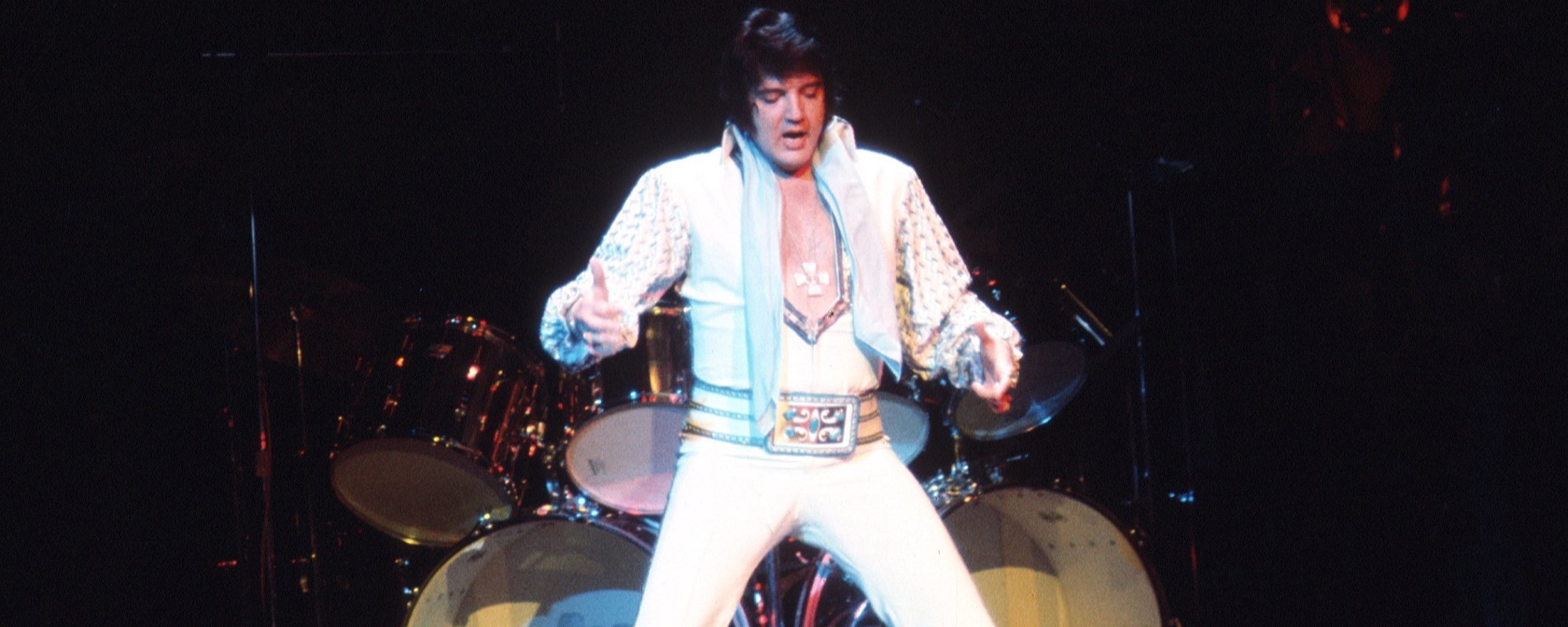
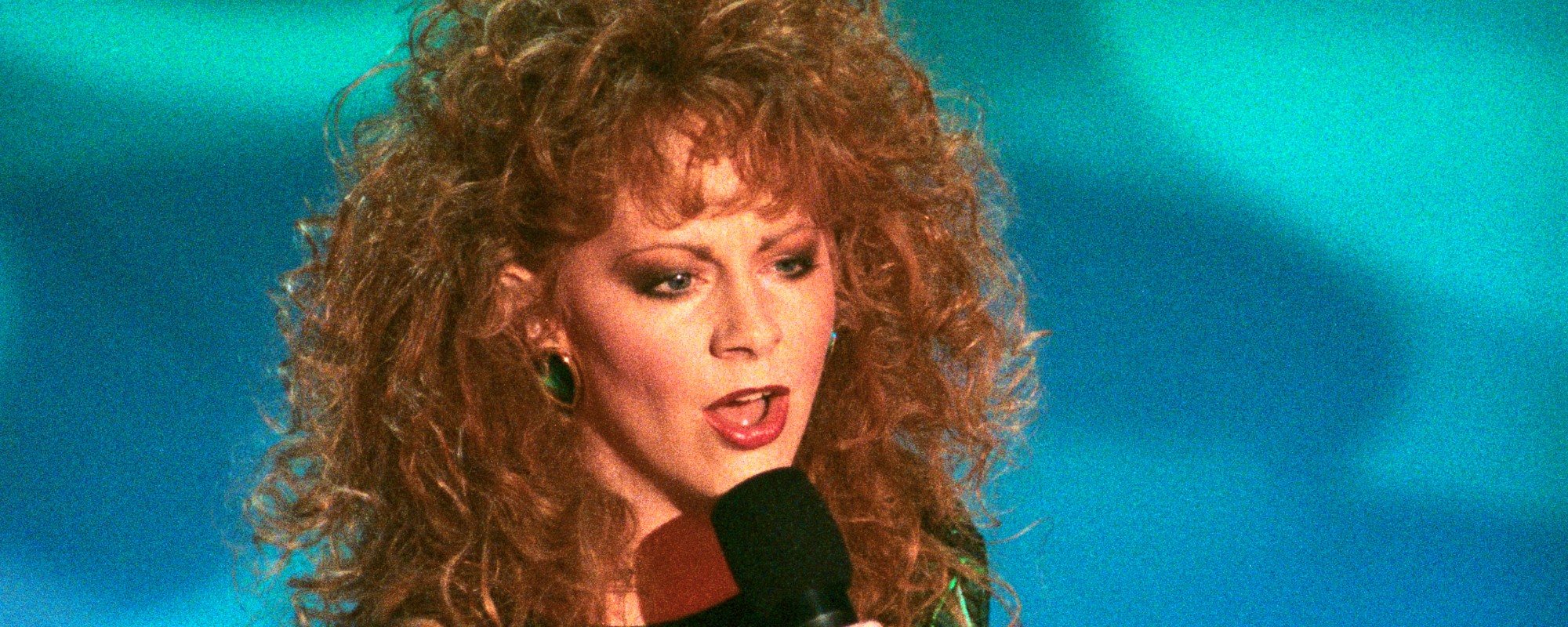
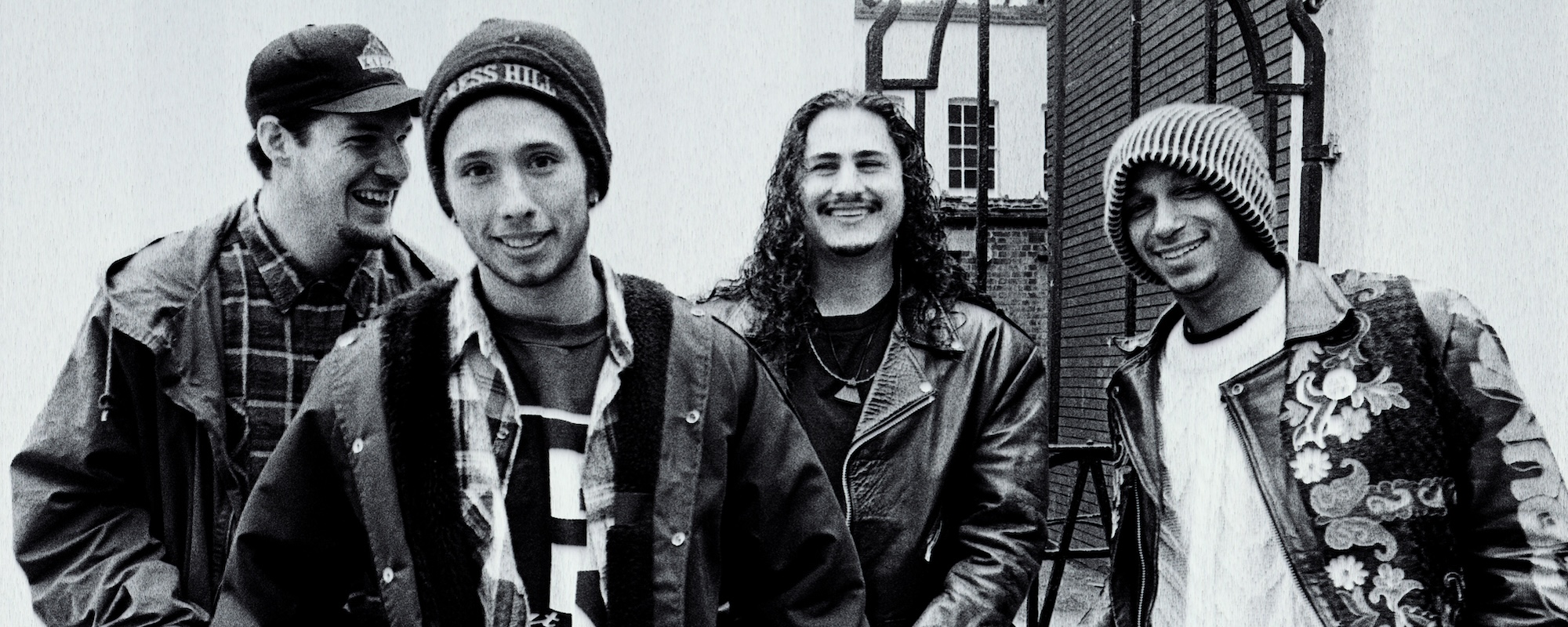

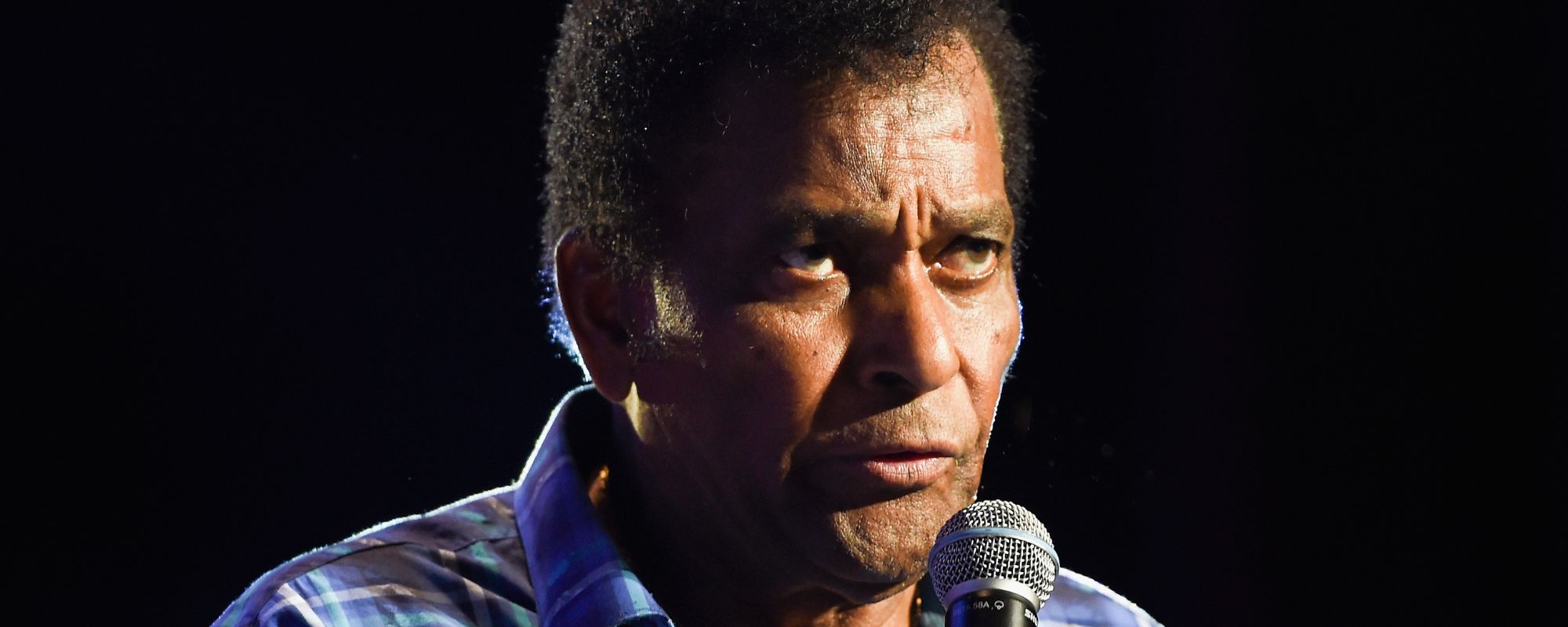

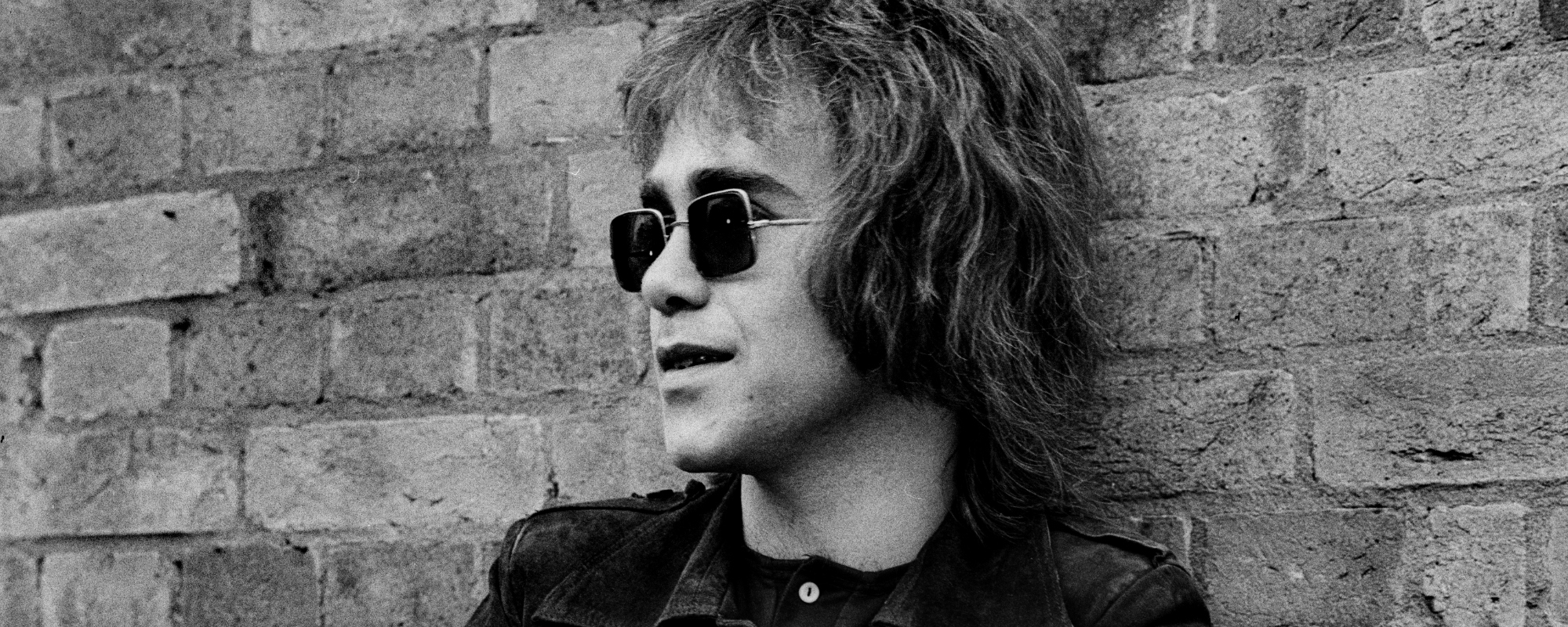
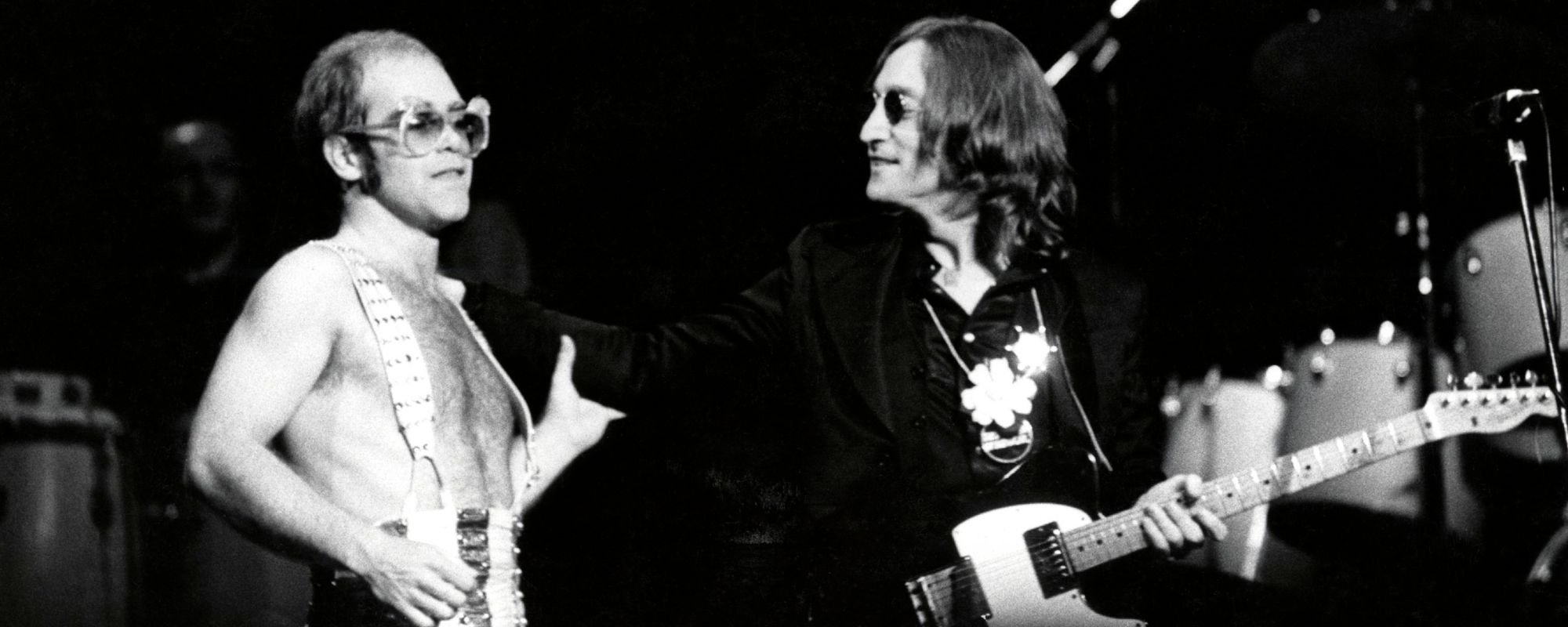
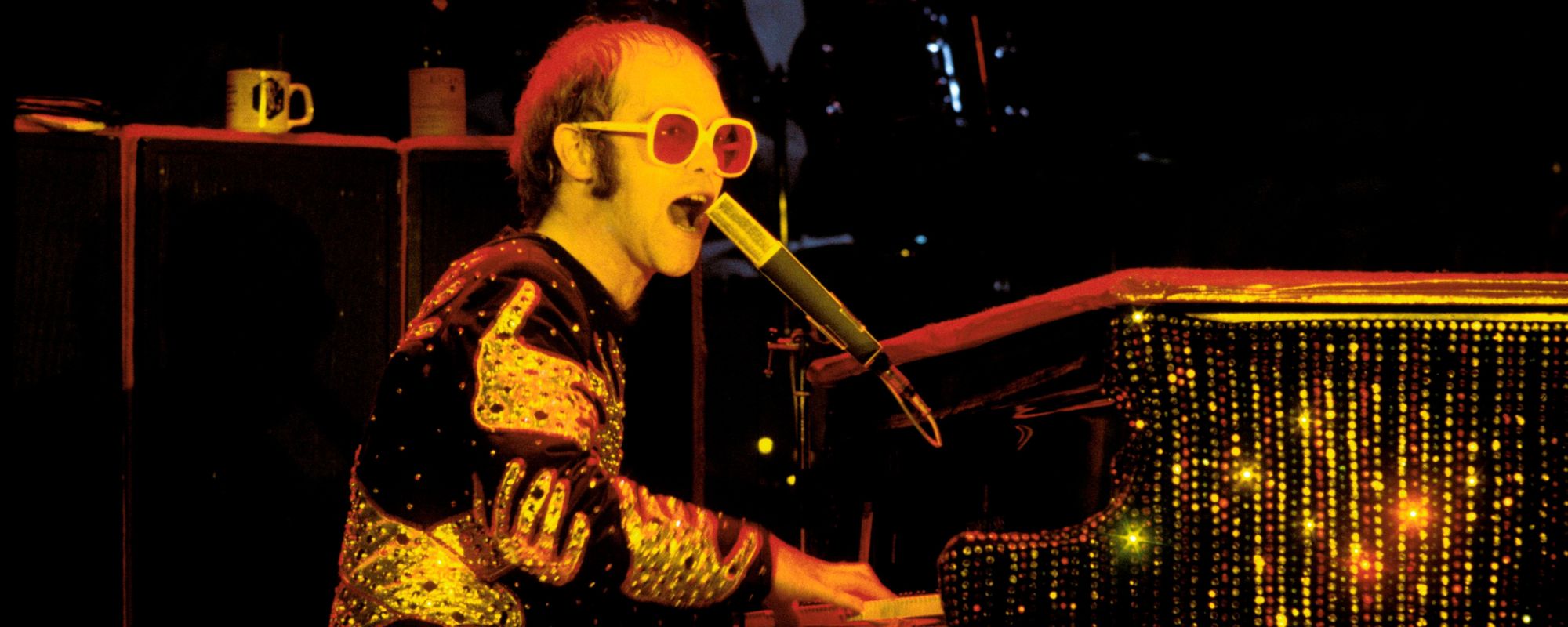



Leave a Reply
Only members can comment. Become a member. Already a member? Log in.